Ted King's Megahopper adventure: 415 miles and 43,000 feet of elevation
American recounts a beautiful and brutal 38 hours of gravel riding
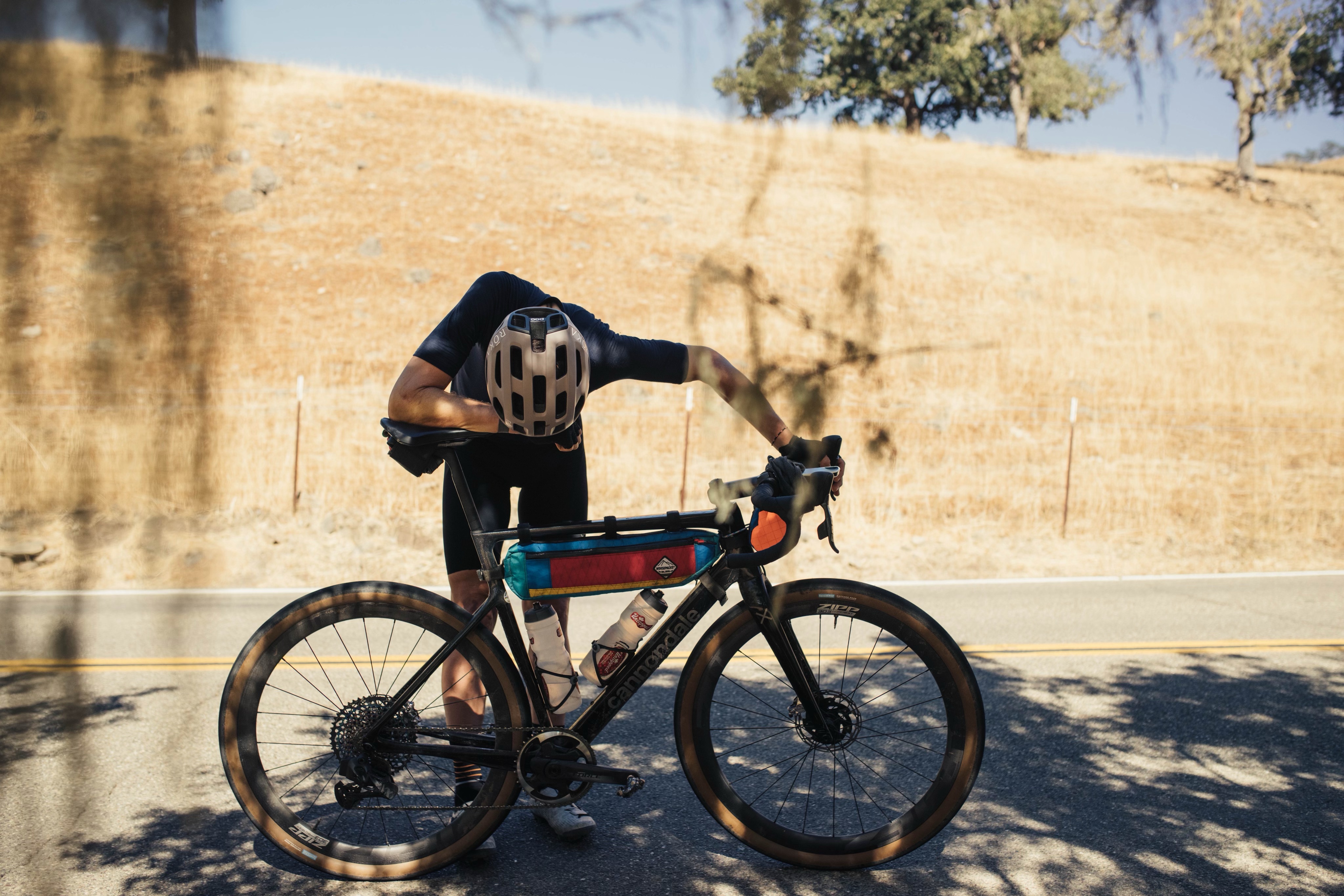
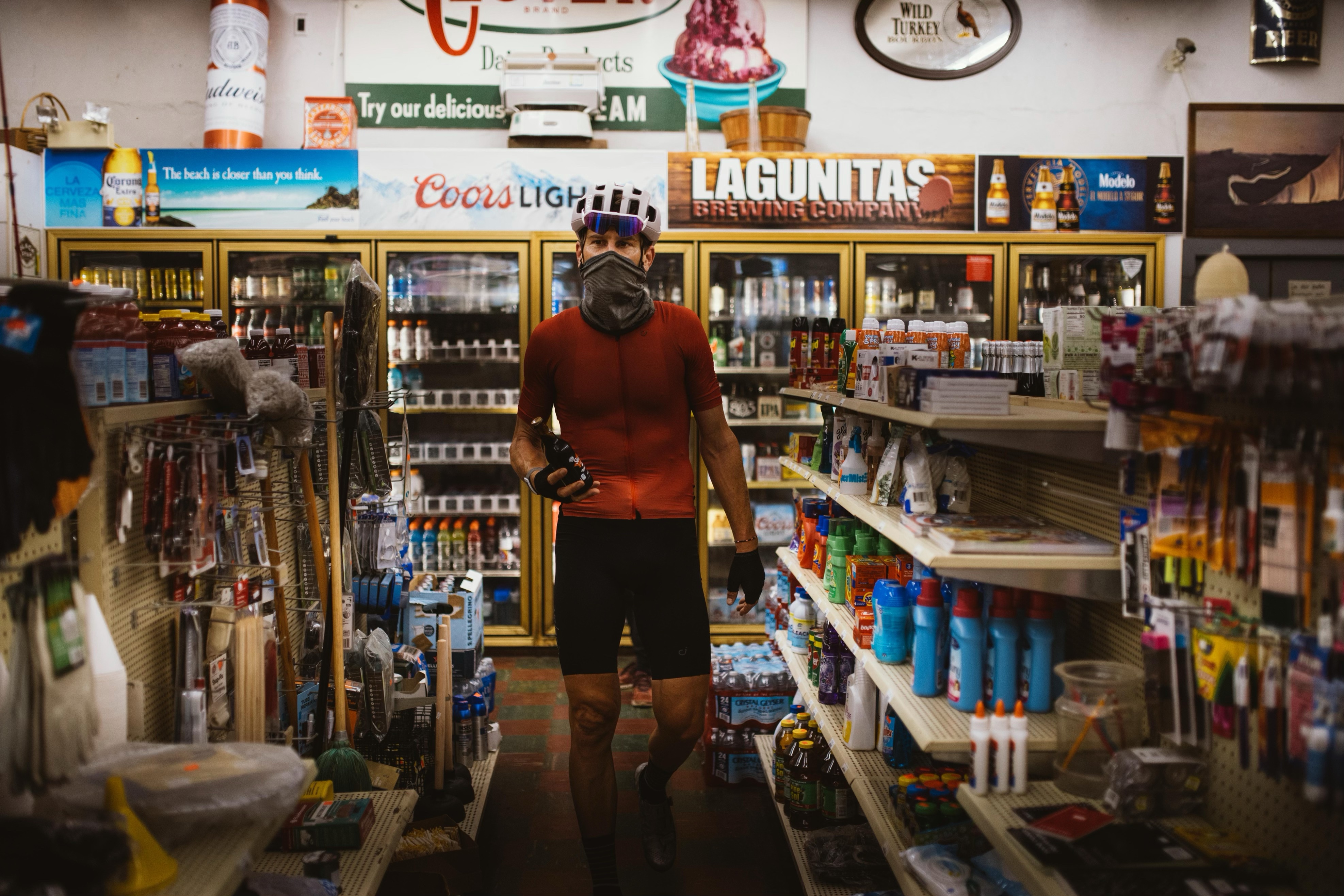
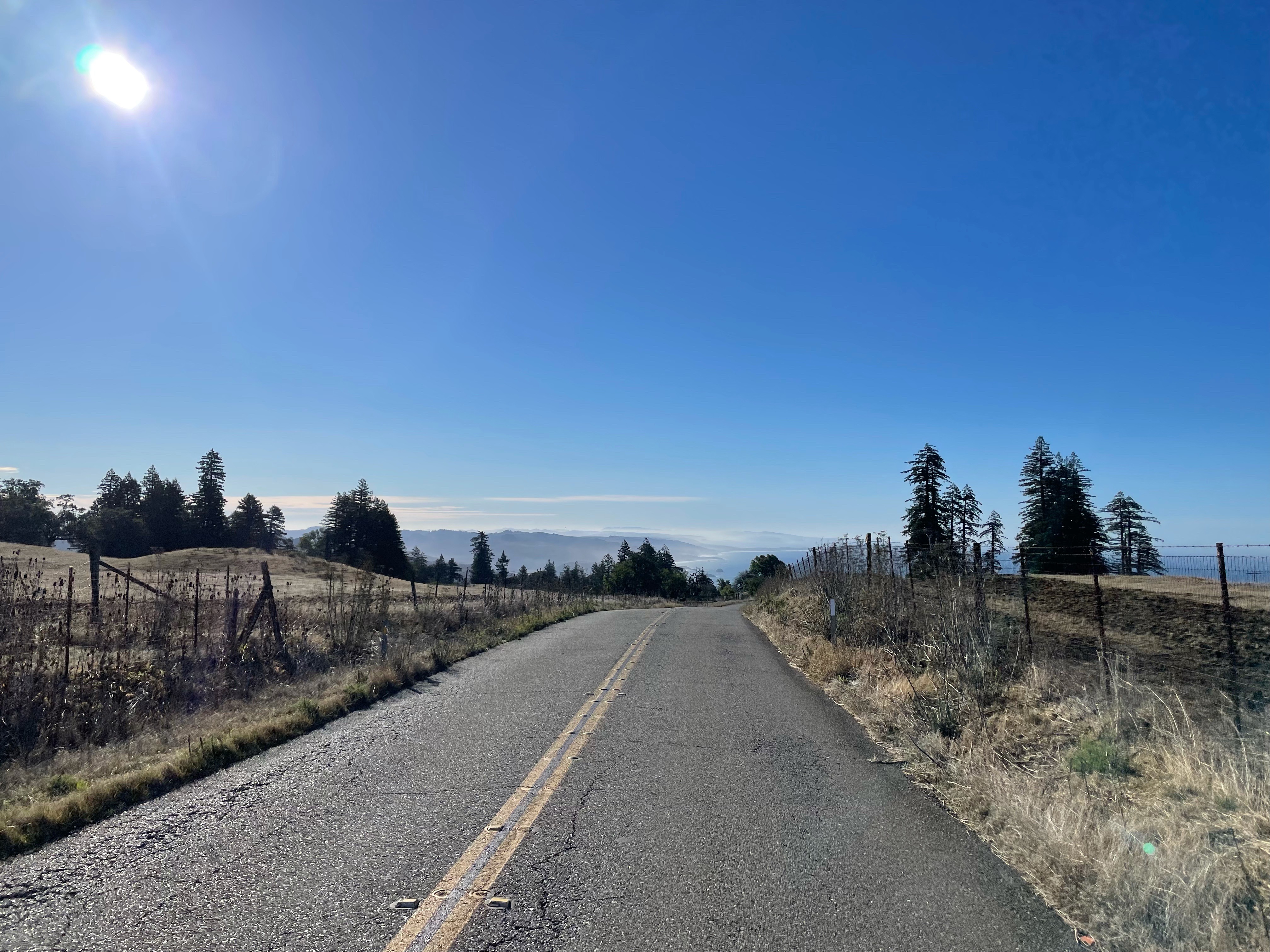
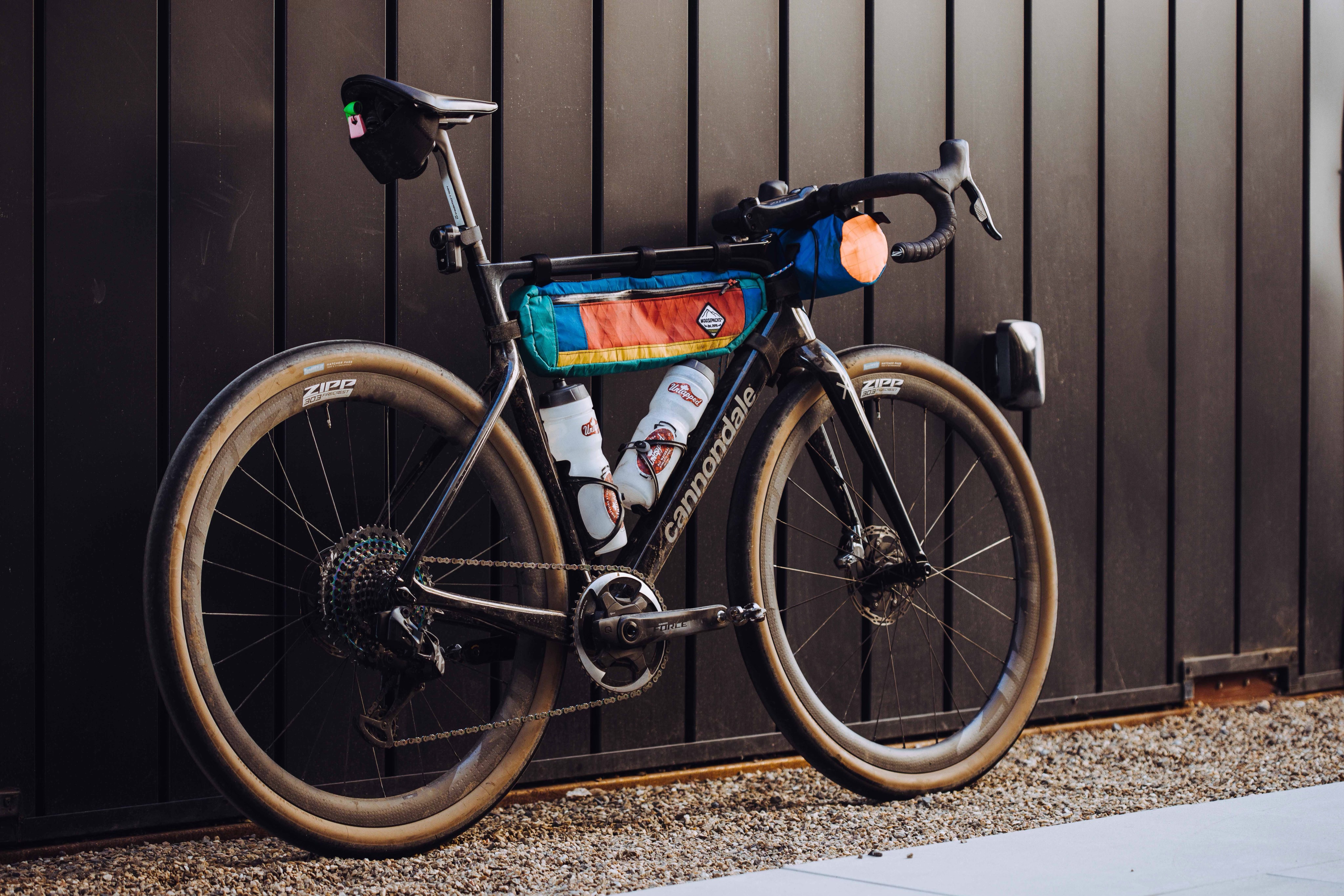
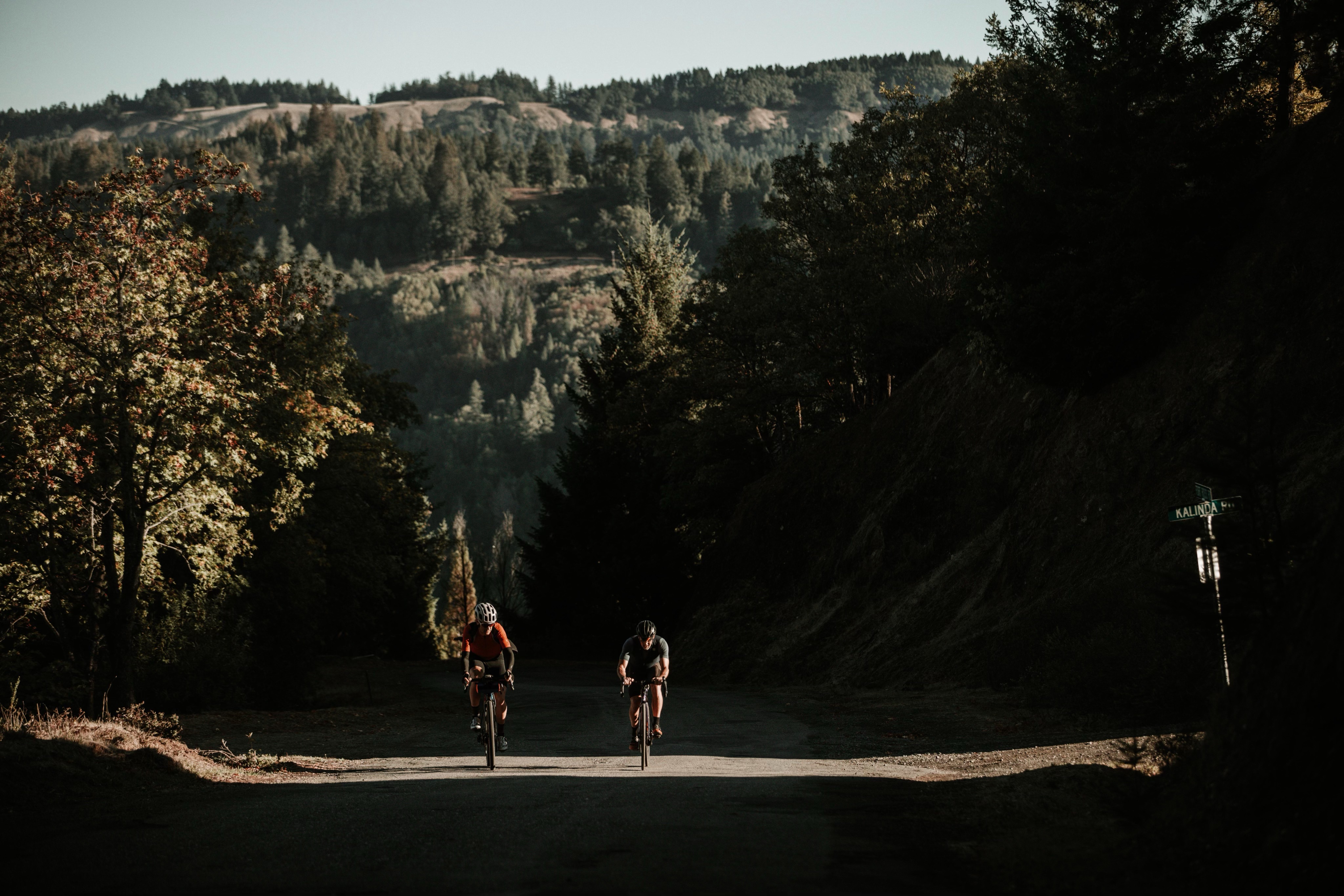

I’m not exactly sure when the Megahopper hit my radar, but the way my memory frames it, sometime over the past year during peak pandemic times, as cyclists were stir crazy and venturing out on longer and longer rides, Grasshopper Adventure Series founder Miguel Crawford lobbed out this monster to the internet: the Megahopper.
An amalgamation of at least seven individual Grasshoppers - some past, some present - into one, covering 415 miles and 43,000 feet of climbing in California. With a footprint so large it’s rumored to be viewable from space, the route is like a thread woven haphazardly all throughout Sonoma County, with visits into Lake, Marin, and Napa counties as well.
If my memory continues to be accurate, my first Grasshopper was in 2008. I was visiting friends and training in California – something that was common all throughout my career, since my original home base in New England provides a tougher climate with which to contend – when the Grasshopper caught my attention.
I don’t remember how it was billed, but I imagine that first Grasshopper was explained to me as follows: "It's a training ride with a little of this, a little of that, it’s all pavement, but with roads this beat up, make sure to choose your line cautiously. And bring a spare tube."
Since then, the Grasshoppers have grown into a formidable series of races, beginning in January and followed by a half dozen more over the next few months.
Thirteen years ago, the terms gravel, gravel grinding, mixed terrain, all road, and the like hadn’t yet entered our vernacular. A 25-tooth cassette paired with a 25mm tire was the definition of adventure mode, leaving the 23-tooth cassette and 23mm tires at home. These events began as adventurous rides amongst friends, they’ve turned into hard-nosed racing with the booming contemporary gravel scene, but always have maintained a fun, grassroots feel.
My wife Laura and I have since moved to Vermont, but continue to do work with the Mill District in Healdsburg, California. 'Ride country', as this area has been dubbed, is a rival term to 'wine country' for which Sonoma is more commonly known.
The variety of terrain in this region is some of the most spectacular that I’ve ever ridden. With Healdsburg as a hub, you can ride north, east, south, and west to see towering redwoods, rolling farm fields, the craggy Pacific coast punctuated with little fishing villages, and countless vineyards in beautiful wine country (naturally), with roads that snake all throughout the area.
Different, individual Grasshopper courses touch each of these areas; the Megahopper does it all at once.

When Mig created the outlandish idea of the Megahopper, I’m confident he was only the tiniest bit serious and highly doubted if anyone would actually attempt it. In fact, Mig’s initial creation was put together so quickly that he accidentally put it through some private land. One person, that first domino to fall, a Bay Area cyclist, Michael Tymoff, set the precedent and rode the first version of the Megahopper over the course of two days and change.
When a project for the Mill District came up and three days opened on my calendar, I recently reached out to Mig – who has become a very good friend since we first met in 2008 – and we rejiggered the route in a few places to keep it compliant with the law.
As is often the case with bikepacking time trials, there was no grand depart. So just before 6am on Tuesday September 28, from the roundabout that welcomes people to the heart of Healdsburg, I turned on my headlight and taillight and hit the road.
Partially for safety and another part 'dot watching', I had a Garmin inReach Mini with me so people could keep track of my crisscrossing route through northern California. Over the next 38 total hours, friends, acquaintances, my wife, and others met up along the way. Fittingly, the first person to drop in to make my peloton of one swell to a peloton of two was Mig, who’s a human gazetteer mixed with entertaining stories of his adventures in the area.
I made a point to not accept outside help or support and subscribed to the 'if it’s publicly available, then it’s available to you' code of ethics, so with a route that dips in and out of little towns and villages, I made sure to visit the country stores, general stores, and convenience stores to refuel and drink in the local culture.
The Megahopper features a mind-numbing ratio of climbing to distance covered, tallying 43,000 feet of elevation gain over its 415 miles. With these two things in mind, I sought a few hours of sleep almost exactly halfway into parcours while passing through the sleepy hamlet of Occidental, the traditional starting spot of the first Grasshopper of the season. At this point, 12 hours of riding into 'Mega’, I don’t even remember getting into bed. Less than four hours later, when it was time to start moving again, it was mind over matter to get my body moving again.

Packing light is certainly helpful with terrain that’s seemingly never flat. The temperature fluctuated between 36 and 84 degrees Fahrenheit, so a few warm layers from Velocio that are easily removable and packable had me covered. The ability to stay in a hotel (or a few different hotels and/or BandBs along the route if you’re pursuing a more 'normal' timeline) allowed me to skip the sleeping bag and bivvy routine and save weight. However, with noteworthy stretches of distance to cover well in the boonies, it’s imperative to have the right collection of tools, CO2s, a pump, and spare tubes to be ready for everything, at the cost of being weighed down.
My bike was the recently-launched Cannondale SuperSix EVO SE. It’s my frame of choice for any gravel race these days and is blessed with enormous clearance, so it easily accepts the 700x48 Rene Herse Hatcher Pass slick tires that made the entire adventure reasonable. All throughout the ride, I was thinking how I would have regretted opting for narrower rubber. The paved portion of these roads is ancient by Californian standards. They’re decades old and have beat to smithereens over time. All said, the route is only about 15 per cent gravel, but truth be told, you could finish this ride and hazard a guess that it’s closer to two-thirds gravel.
A 46-tooth chainring paired with a 10-50 Eagle cassette offers a massive gear range. The majority of the climbs are short and punchy so I used all 50 of the the littlest gear’s cogs and still spent plenty of time closer to the 10. Don’t be fooled into thinking all the climbing is of the short variety. Later in the route they’re upwards of four miles in length where, on tired legs, they feel exponentially longer.
Twenty-seven hours of pedaling later, well past dark on the second day of riding, I arrived back to the Healdsburg roundabout. My goal in this adventure was to set a precedent for the Megahopper that I hope goes two of two ways. I’m excited to see how quickly others can complete it and chip away at an ever-speedier time.
Secondly, I want to see people pack just a little bit more and turn this into a multi-day adventure. Visit the wineries and breweries, shuck oysters along the coast, camp out on the countless ridge-line vistas to see the sun rise or sun set, and soak in this region for all the reasons for which Sonoma is well known.
The latest race content, interviews, features, reviews and expert buying guides, direct to your inbox!